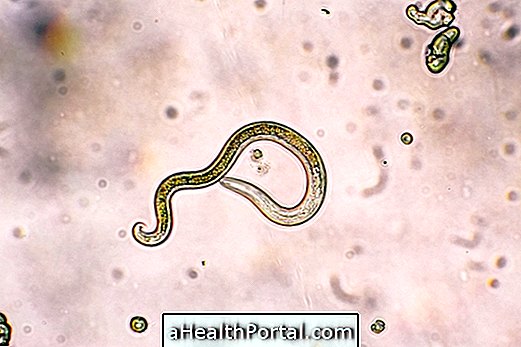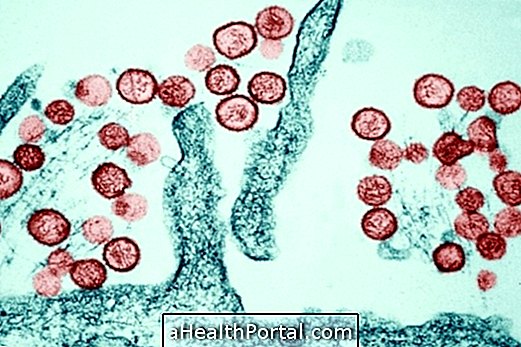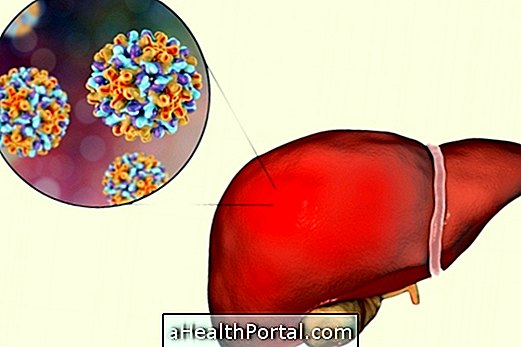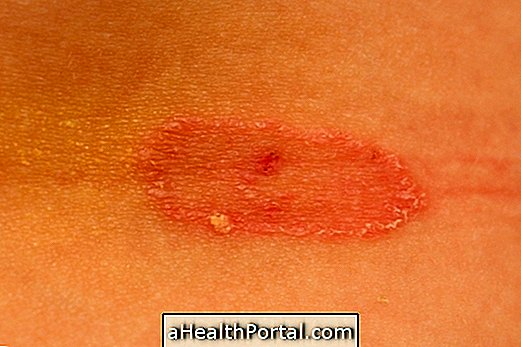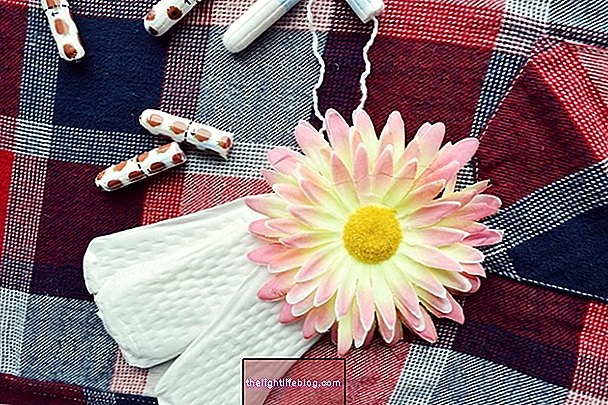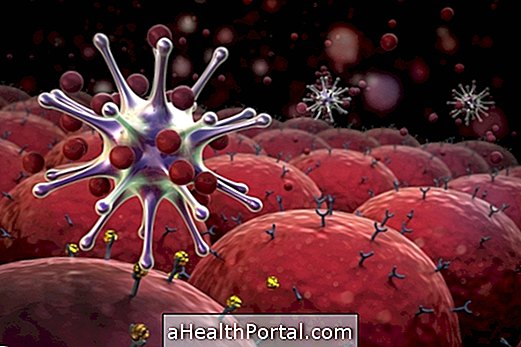Conjunctivitis is an infection or inflammation in the conjunctiva of the eyes, which leaves them very red and symptoms appear like tearing, itching and secretion. It can affect only one eye, or both, and may or may not be contagious, depending on the type of conjunctivitis.
There are three forms of conjunctivitis, divided according to their origin:
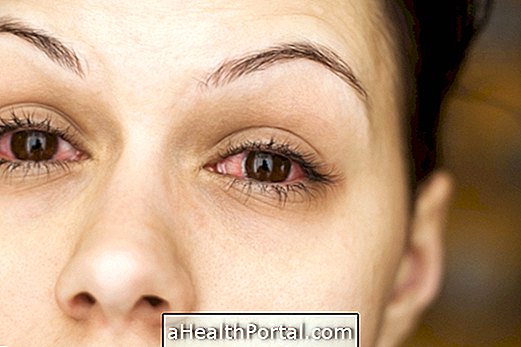
1. Infectious conjunctivitis
Infectious conjunctivitis is transmitted by viruses, fungi or bacteria that infect the lining of the eye, causing pain, redness and secretion. This is a very contagious type of conjunctivitis and can affect only one or both eyes.
Bacterial conjunctivitis is one that generates more intense symptoms, and produces thicker, yellowish and abundant secretions than viral conjunctivitis, in which the secretions are whiter. In this case, your doctor may prescribe an eye drop or antibiotic ointment.
2. Allergic conjunctivitis
Allergic conjunctivitis is the most common and usually affects both eyes, being caused by substances that cause allergy, such as pollen, animal hair or house dust. It usually affects people susceptible to allergy as in cases of rhinitis or bronchitis.
This type of conjunctivitis is not transmissible and occurs more often in the spring and autumn when there is a lot of pollen spread through the air and can therefore be treated with an anti-allergic eye drops. Learn more about this type of conjunctivitis and how to treat it.
3. Toxic conjunctivitis
Toxic conjunctivitis is an irritation usually caused by chemicals, such as hair dye, cleaning products, exposure to cigarette smoke or small objects that get stuck in the eye, as well as by taking certain medications.
In these cases, the signs and symptoms such as watery eyes or redness usually disappear from one day to the next only with lavage with no specific treatment.
How do I know what kind of conjunctivitis I have?
The best way to identify the type of conjunctivitis is to consult the doctor as it is able to identify the causative agent of conjunctivitis upon observing the patient and the symptoms of the disease, which are slightly different in relation to the intensity. Until you know the diagnosis, you should prevent infection by avoiding sharing objects that are in contact with the face, such as towels or pillows. Learn more about what care to have to avoid getting conjunctivitis.
How To Treat Conjunctivitis
The treatment of conjunctivitis depends on its cause, and lubricating drops such as artificial tears, eye drops or antibiotic ointments and antihistamines may be prescribed to relieve the symptoms. However, during treatment, other measures may be taken to alleviate symptoms, such as:
- Avoid exposure to sunlight or intense light, using sunglasses whenever possible;
- Rinse eyes regularly with saline solution to eliminate secretions;
- Wash hands before and after touching the eyes or applying eye drops and ointments;
- Put cold compresses on closed eyes;
- Avoid wearing contact lenses;
- Swap bath and face towels with each use;
- Avoid exposure to irritants such as smoke or dust;
- Avoid swimming pools.
In case conjunctivitis is infectious, avoid sharing makeup, face cloths, pillows, soaps or any other object that is in contact with the face. See which remedies can be used to treat each type of conjunctivitis.

